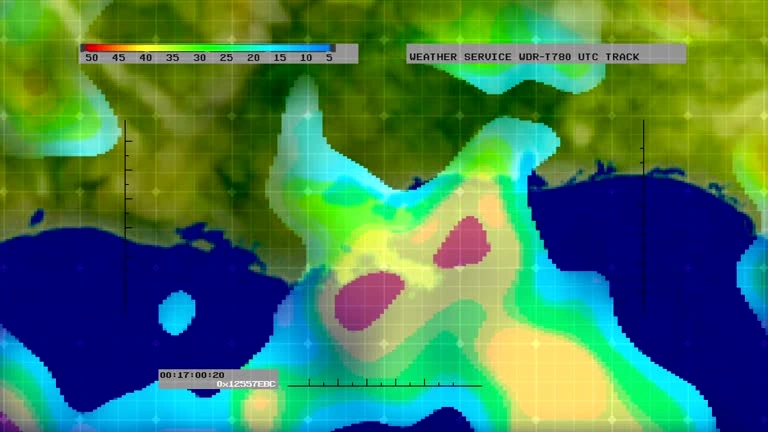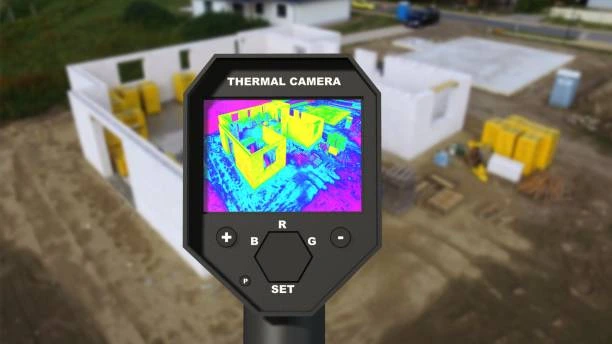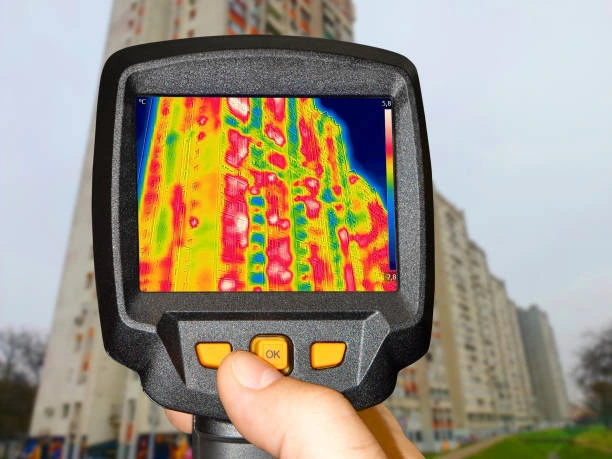Course Overview
This course offers a comprehensive understanding of how to visualize and map geospatial data effectively. Participants will learn to use advanced tools and techniques to interpret and present geographic information. The course covers both theoretical concepts and practical applications, focusing on creating impactful visualizations and maps to support decision-making and analysis.
Course Duration
10 Days
Who Should Attend
- GIS professionals and analysts
- Data scientists and researchers in geospatial fields
- Urban planners and environmental consultants
- Policy makers and project managers working with geographic data
- Students and academics interested in geospatial data analysis and visualization
Course Objectives
By the end of this course, participants will be able to:
- Understand the principles and techniques of geospatial data visualization.
- Gain proficiency in using various mapping tools and software.
- Learn to effectively communicate geographic information through visual means.
- Develop skills to create interactive and dynamic maps.
- Explore advanced techniques for visualizing complex geospatial datasets.
- Analyze and interpret spatial patterns and trends using visualization methods.
- Apply best practices for presenting geospatial data to different audiences.
- Understand the integration of geospatial data with other data types.
- Explore case studies and real-world applications of geospatial visualization.
- Develop a portfolio of geospatial visualization projects.
Course Outline:
Module 1: Introduction to Geospatial Data Visualization
- Overview of geospatial data types and sources
- Importance and applications of data visualization in GIS
Module 2: Fundamentals of Mapping Techniques
- Basic mapping principles and techniques
- Map design elements: scale, symbols, and colors
Module 3: Data Preparation and Cleaning for Visualization
- Techniques for preprocessing and cleaning geospatial data
- Tools and methods for data transformation
Module 4: Introduction to GIS Software and Tools
- Overview of popular GIS software (e.g., ArcGIS, QGIS)
- Basic functionalities and workflows for geospatial visualization
Module 5: Creating Static Maps
- Techniques for designing and producing static maps
- Customizing map elements and layouts
Module 6: Interactive Mapping and Visualization
- Introduction to interactive mapping tools (e.g., Leaflet, Mapbox)
- Creating web-based interactive maps and dashboards
Module 7: Advanced Visualization Techniques
- Techniques for visualizing complex data (e.g., 3D maps, heatmaps)
- Using advanced GIS tools and extensions for enhanced visualization
Module 8: Integrating Geospatial Data with Other Data Types
- Combining geospatial data with demographic, economic, and other data
- Techniques for multi-layered visualizations
Module 9: Case Studies and Practical Applications
- Analyzing real-world case studies of geospatial data visualization
- Discussing successful and innovative applications
Module 10: Project Development and Presentation
- Developing a geospatial visualization project from start to finish
- Presenting and communicating findings effectively to stakeholders
Customized Training
This training can be tailored to your institution needs and delivered at a location of your choice upon request.
Requirements
Participants need to be proficient in English.
Training Fee
The fee covers tuition, training materials, refreshments, lunch, and study visits. Participants are responsible for their own travel, visa, insurance, and personal expenses.
Certification
A certificate from Ideal Sense & Workplace Solutions is awarded upon successful completion.
Accommodation
Accommodation can be arranged upon request. Contact via email for reservations.
Payment
Payment should be made before the training starts, with proof of payment sent to outreach@idealsense.org.
For further inquiries, please contact us on details below:






